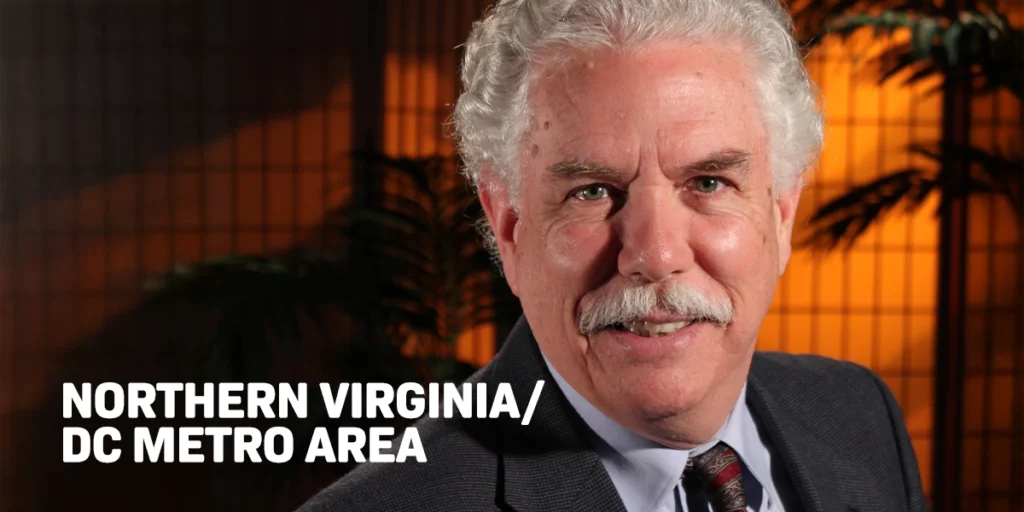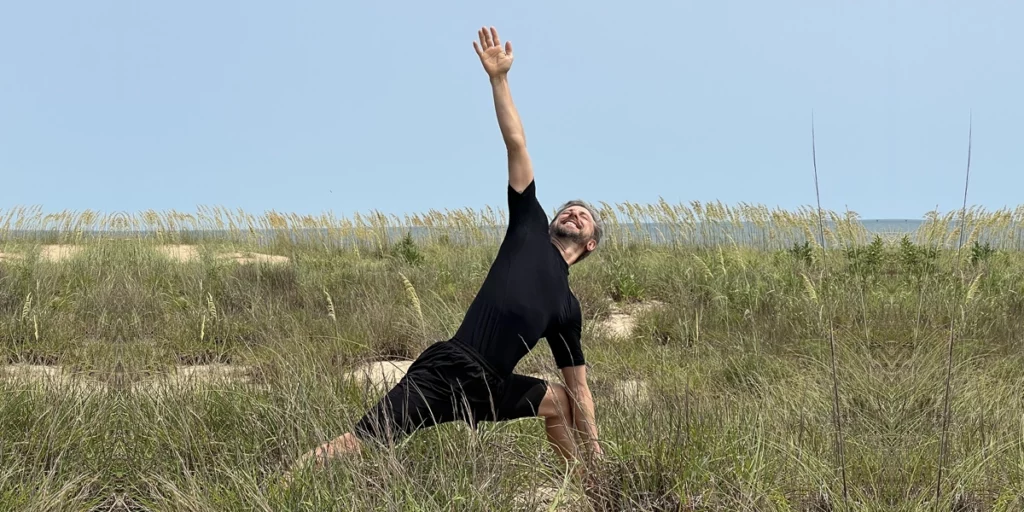Edgar Cayce on meditation and prayer
According to Edgar Cayce, attunement and application are at the heart of spiritual growth. Attunement is the process of awakening to our spiritual nature and our true relationship with God. The most frequently recommended tools for achieving this attunement are the regular practice of prayer and meditation. Cayce believed that prayer was talking to God, while meditation was listening to God. Both prayer and meditation are invaluable at reestablishing a conscious awareness of our spiritual source while inviting God’s will to work through us as a “channel of blessings” to others.
Meditation
Although meditation has long been an accepted practice in the East, it wasn’t until the 1960s that it gained acceptance in the West. Interestingly enough, Edgar Cayce was recommending meditation in the late 1920s and 1930s. Today, clinical research has proven that meditation has positive effects on an individual’s overall health, and many physicians now recommend it to their patients as a way to combat stress.
Meditation is the practice of quieting our physical bodies and our minds and focusing our attention inward instead of upon the world around us. As you begin to practice meditation daily, it will become easier. You might also notice that the sense of peace inside you during meditation will begin to carry over into your day. Although some schools of thought suggest that the mind should be blank when you are meditating, Cayce’s material suggests that the mind is a constructive force and allows for the closest attunement possible if used in the right way.
Cayce often suggested we focus our minds on a positive affirmation during meditation. You may choose to repeat a phrase in your mind, like “I am at peace,” or “God is love,” then try to hold the feeling of the phrase (peace, love, joy, contentment) in your consciousness as you sit in silence. Even beginners may experience the calming effects of a few moments of purposeful silence or positively focused thought.
Meditation promotes coordination at three levels: physically, we begin to relax; mentally, our busied thoughts become quiet and focused; and spiritually, we get reenergized and are able to deal more lovingly and effectively with the people and events around us. By following a few simple steps, anyone can learn to meditate; even beginners may experience the calming effects of a few moments of purposeful silence.
Learn to meditate in a safe and easy way, at your own speed, starting with these Five Steps to Meditation:
- Get comfortable. Keep your spine straight, legs uncrossed, and relax any tense muscles in your body.
- Gently go through the Cayce-recommended head-and-neck exercise:
Head forward, return upright (repeat three times);
head backward, return upright (repeat three times);
head to the right shoulder, return upright (repeat three times);
head to the left shoulder, return upright (repeat three times);
rotate head in a complete circle clockwise (repeat three times);
rotate head in a complete circle counterclockwise (repeat three times). - Use a prayer of protection, such as: As I open myself to the unseen forces through meditation, I surround myself with the thought and protection of the Christ spirit.
- Breathe deeply. Fill your lungs from bottom to top, exhale from top to bottom. Breathe in through your right nostril and out through your mouth (repeat three times). Breathe in through your left nostril and out through your right (repeat three times).
- Use Affirmation and prayer. Move through the three stages of focusing on the affirmation: thinking about it, feeling it, experiencing it. Return to the thinking stage whenever the mind wanders.
Optionally, you may find it helpful to use meditation aids such as music, incense, chants, personal rituals, inspirational reading, and prayer.
… and in the meditation, don’t meditate upon, but listen to the voice within. For prayer is supplication for direction, for understanding. Meditation is listening to the Divine within.
— Edgar Cayce reading 1861-19
Prayer
Prayer is a truly universal concept understood by all cultures and people the world over. According to the Edgar Cayce readings, there is one collective mind (Spirit or the Source) and as we are from Spirit, we are all one and can affect one another positively, or for that matter, negatively as well. Every thought makes an impression upon this collective mind. Prayer is so effective that Cayce often said, “Why worry when you can pray?” Worry will accomplish nothing, yet prayer, as even science is finding out, works. It influences situations, people, and outcomes.
Five Tips for Powerful Prayers
- When you are in need of prayers, pray for others in need; in the giving, comes the receiving.
- Use positive phrasing; instead of listing how difficult things are in your life, pray for the “best outcome” for your soul.
- Ask for God’s will to be done, and your prayer could be answered in many ways!
- Use a specific place and time to offer prayers. This creates a special and sacred place for your prayer sessions.
- Elevate your prayer with meditation first. After meditating, send out light and constructive energies to the people on your personal prayer list.
Thy prayers ascend to the throne of God, and the angel of each entity stands before the throne to make intercession.
—Edgar Cayce reading 3954-1
Upcoming Meditation and Prayer events

January 17, 2026
12:00 PM
4:30 PM
EST

January 24, 2026
9:30 AM
4:30 PM
EST

January 31, 2026
9:00 AM
4:30 PM
PST

February 1, 2026
9:00 AM
4:30 PM
PST

February 12, 2026
February 15, 2026
EST

February 21, 2026
9:00 AM
4:30 PM
EST

April 29, 2026
8:00 PM
9:15 PM
EST

June 7, 2026
June 12, 2026
EST
